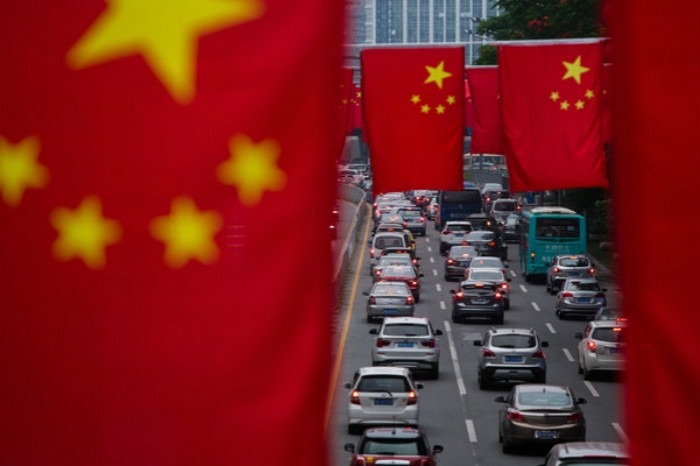
In August 1925, Francis Houdini, an electronic engineer from the U.S. Army, sat on a car with radio control of the car ahead. This combined car uses radio waves from the rear to control the steering wheel, clutch, brakes and other components of the vehicle. Although this driving style is not safe and imperfect, it often sends radio waves to other receivers, but it is truly the first "driverless car."
Around 1980, the United States experienced rapid development in driverless technology. In China, although lagging behind the United States, Britain, Germany, and other Western countries, but also began in the 1980s related technology research. This article will sort out several landmark events that China’s driverless driver has experienced in the past 30 years to facilitate the understanding of the historical course of driverless driving in China.
1992: The birth of China's first true driverless carIn the 1980s, China started to study smart mobile robots. In 1980, the country established the “Remote Driving Anti-nuclearization Reconnaissance Vehicle†project. Three units of Harbin Institute of Technology, Shenyang Institute of Automation and National University of Defense Technology participated in the project. Research manufacturing. During the 8th Five-Year Plan period, the ATB-1 (Autonomous TestBed-1) unmanned vehicle was jointly developed by five units including Beijing Institute of Technology and National University of Defense Technology. This is the first test vehicle that can autonomously drive in China, and its speed can be It reaches 21 kilometers per hour. The birth of ATB-1 marks the official start of China’s driverless industry and has entered the exploratory period. The unmanned technology research and development is officially launched.
The ATB-2 unmanned vehicle was also successfully developed during the Ninth Five-Year Plan period. Compared with the ATB-1, its function has been greatly enhanced, and its straight-line driving speed is up to 21 meters per second. ATB-3 was successfully developed in 2005 and has been further strengthened in environmental awareness and trajectory tracking capabilities.
After the "863 Plan" was promulgated, many universities and institutions began to study unmanned vehicles with the support of the National Natural Science Foundation. In 2009, the first China "Smart Car Future Challenge" was held in Xi'an. In the past few years, it has attracted Nanjing University of Science and Technology, the People's Liberation Army Military Transportation Institute, Armored Force Engineering College, Beijing Institute of Technology, Wuhan University, Hunan University, Xi'an Jiaotong University, and Shanghai. Dozens of unmanned vehicles from dozens of research units including Jiaotong University, Tongji University, Xiamen University of Technology, National Defense Science and Technology University, Tsinghua University, Chang'an University and the Chinese Academy of Sciences' Hefei Institute of Material Science participated in the competition. The Smart Car Future Challenge, like the Grand Challenge initiated by the US Department of Defense Advanced Research Projects Agency (DARPA) in 2004, has greatly promoted the development of unmanned technology. Google’s unmanned car is the winner of the Stanley robot car championship in the second “Machine Challenge Challenge†contest.
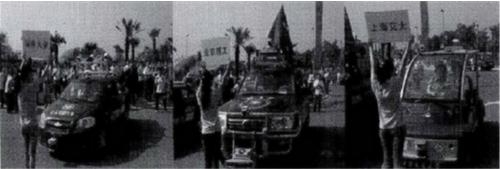
The first three vehicles of the first smart car future challenge competition came from Hunan University, Beijing Institute of Technology and Shanghai Jiaotong University.
2011: FAW Hongqi HQ3 driverless car completes road test from Changsha to Wuhan 286kmThe National University of Defense Technology plays a key role in the R&D of the ATB series of unmanned vehicles and represents the highest level of domestic autonomous vehicle research. Since 2001, the National University of Defense Technology and FAW have cooperated in the development of self-driving cars. The Hongqi CA7460, which was successfully developed in 2003, can automatically change the lane according to the condition of the obstacle ahead in the normal traffic conditions on the highway. Its maximum speed can reach 47 meters per second. After that, in 2006, the National Defense Science and Technology University developed the second-generation self-driving vehicle Hongqi HQ3.
On July 14, 2011, Hongqi HQ3 completed the first-ever high-speed full-range unmanned pilot test from Changsha to Wuhan to 286 kilometers. It measured an average speed of 87 kilometers per hour for autonomous driving, creating a self-developed vehicle for autonomous vehicles under complex traffic conditions. A new record of driving. This signifies that China’s unmanned vehicles have achieved new technological breakthroughs in terms of complex environment recognition, intelligent behavior decision-making and control.
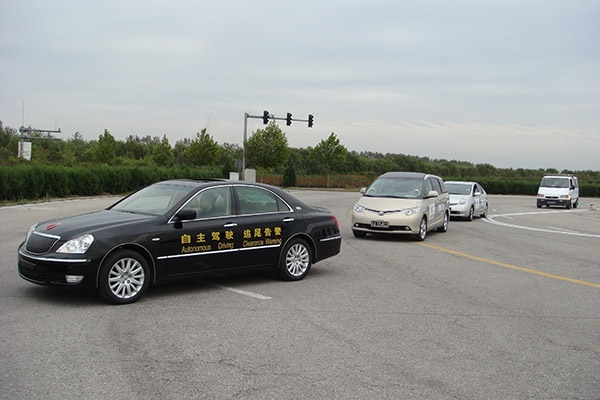
Red Flag HQ3
August 2015: Road test completed for the first domestic unmanned passenger carOn August 29, Yutong’s large passenger buses departed from Jialuhe Station, the intercity expressway connecting Zhengzhou City and Kaifeng City, in Henan Province, and completed a fully automated driving trial under a completely open road environment, with a total of 32.6 kilometers. The maximum speed is 68 kilometers per hour. There is no human intervention throughout, but it is still equipped with a driver to ensure safety. This is also the first time in China that the autopilot test has been conducted.
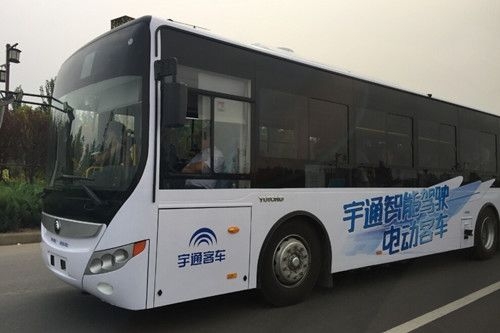
Just as Google’s unmanned vehicles have the same meaning for American drones, Baidu’s unmanned vehicles are equally significant for Chinese drones, which means that a technology has been launched from research into products.
Like Google, what Baidu wants to do is also realize driverlessness at one time. Baidu’s driverless project started in 2013 and is led by Baidu Research Institute. Its technology core is the “Baidu Car Brainâ€, which includes four modules: high-precision maps, positioning, perception, and intelligent decision-making and control. In 2014, Baidu signed a strategic agreement with BMW and the two parties will cooperate in the driverless area.
At the beginning, Baidu kept the project highly confidential. Until December last year, Baidu announced that its self-driving car has been fully automated in the country for the first time in a mixed state of cities, loops, and highways. The road test route announced by Baidu shows that Baidu’s driverless car departs from the Baidu Building located in the Zhongguancun Software Park in Beijing, enters the G7 Jingxin Expressway, passes through the Fifth Ring Road, arrives at the Olympic Forest Park, and then returns on the original route. Baidu's driverless vehicles achieved full-automatic driving throughout the entire journey, and achieved many complex driving actions such as vehicle deceleration, lane change, overtaking, up-and-down ramping, and turning-around, completing high-speed (inbound traffic flow) to high-speed exit (leaving). Switching of different road scenes in traffic). The maximum speed reached 100 km/h during the test.
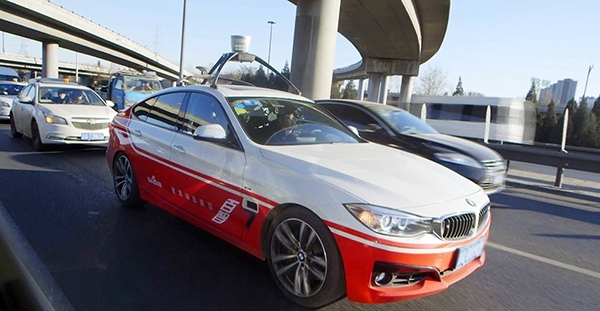
Baidu unmanned vehicles
On July 3, Baidu and Wuzhen Tourism held a strategic signing ceremony, announcing that both parties would implement Level 4 pilotless driving on the scenic road. This is the first announcement of strategic cooperation with domestic scenic spots following the signing of the Baidu unmanned vehicle and Wuhu and Shanghai Automobile City.
April 2016: Changan Automobile Successfully Completes 2000km Driverless TestChang'an Automobile's driverless vehicles are the result of cooperation with Huawei and Tsinghua University. The first prototype completed its domestic debut in Chongqing on October 31, 2015.
On April 17, Changan Automobile announced the completion of a 2000km pilotless test project. Chang'an Automobile's long-distance unmanned test mileage totaled more than 2,000 kilometers. It eventually arrived in Beijing after nearly six days, passing through Sichuan, Shaanxi, Henan and Hebei provinces and regions.
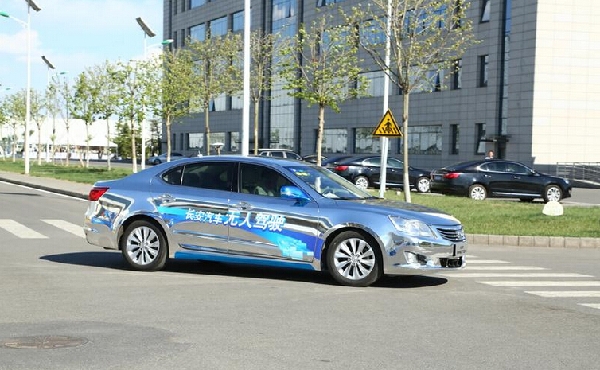
According to the Changan Automobile Intelligent Vehicle Technology Development Plan, long-distance autonomous vehicles with high-speed road conditions are scheduled to be mass-produced in 2018, and fully self-driving cars in complex urban road conditions will be mass-produced by 2025.
June 2016: The first National Intelligent Network Alliance Automotive Pilot Demonstration Zone was establishedOn June 7, the first closed test area of ​​the “National Intelligent Network Alliance Automotive (Shanghai) Pilot Demonstration Zone†approved by the Ministry of Industry and Information Technology was formally opened. This means that China's intelligent networking and driverless cars formally enter the stage of practical operation from the national strategy.
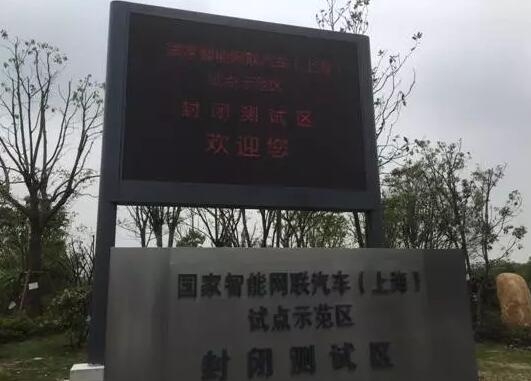
The entire park simulates urban traffic scenes, including tunnels, avenues, fueling/charging stations, underground parking, crossroads, T-junctions, circular islands, etc. Meanwhile, there is a GPS differential base station and two LTE-V communication base stations in the park. , 16 sets of DSRC and 4 sets of LTE-V drive test units, 6 smart traffic lights, and 40 cameras of various types. The entire park road achieves centimeter-level positioning of the Beidou system and full coverage of WIFI, which can be used for unmanned driving and automatic driving. And V2X network car provides 29 kinds of scene test verification. At present, a total of 25 unmanned vehicles, autonomous vehicles, and networked vehicles are the first to enter the park to test functions such as perception, intelligent decision-making, cooperative control and execution in complex environments.
The Shanghai International Automobile City, the constructor, will be divided into four phases to realize the driverless road:
The first phase of closed test: In the 5 square kilometers of Jiading Auto Expo Park and Jiading Campus of Tongji University, 15 kilometers of closed roads were simulated to simulate the running status of the intelligent networked vehicles in the high-speed + urban + rural trial run, and the test vehicles reached about 200 vehicles.
The second phase of open road test: From September to the end of next year, around 360 simulation traffic scenes such as Boyuan Road and Moyu South Road in the core area of ​​the Auto City will be implemented, and 1000 vehicles will be measured on the roads of 27 square kilometers and 73 kilometers. China's first intelligent network-linked automotive test and demonstration public service platform.
The third phase of a typical urban comprehensive demonstration zone test: By the end of 2019, the scope expanded from the core area of ​​Anting Automobile City to the entire area of ​​Anting Town, and 5,000 vehicles were to be run within 100 square kilometers including the expressway. Initially build the intelligent network of automotive industry clusters, and become the national regional intelligent network of automotive standardization industry base.
In the fourth phase, the demonstration city and traffic corridor are truly built in Shanghai. From Anting to the Hongqiao hub in 2020, the demonstration road has cumulatively increased to about 500 kilometers and the number of vehicles reaches 10,000. The two areas are connected to form a closed loop through the shared corridor. Finally, a relatively independent and fully-functional intelligent network-linked automotive test and demonstration public service platform was established.
At the opening ceremony, Fu Yuwu, Chairman of the China Association of Automotive Engineers, said that the domestic driverless technology roadmap already exists and will be released within two months. This will also be the first announcement in China's unmanned area. Technical standards.
The National Highway Safety Agency (NHTSA) divides smart cars into four levels: driving assistance, partial automation, conditional automation, and full automation. At present, most cars are in the second stage, while Google, Tesla, and Baidu are in the The third phase. The industry's prevailing view is that fully automated drones will be achieved after 2020.
Although there is still a big gap between China and United States, Germany, and Europe and the United States in terms of driverless technology, China is expected to be the largest self-driving vehicle market. According to the Boston Consulting Group's research data, China will become the largest autonomous vehicle market in 15 years, and auto-pilot taxis are very likely to lead this trend.
The biggest problem China faces in driverless driving is the complex traffic conditions, but the economic value of unmanned driving is difficult to predict. At present, the development of intelligent network-linked vehicles has been promoted to the national strategic height, and set a timetable and roadmap. Therefore, there are no shortages of overtaking.
Mini Pc I7,Mini Pc I5,Portable Mini Pc,Mini Pc I3
Shenzhen Innovative Cloud Computer Co., Ltd. , https://www.xcypc.com